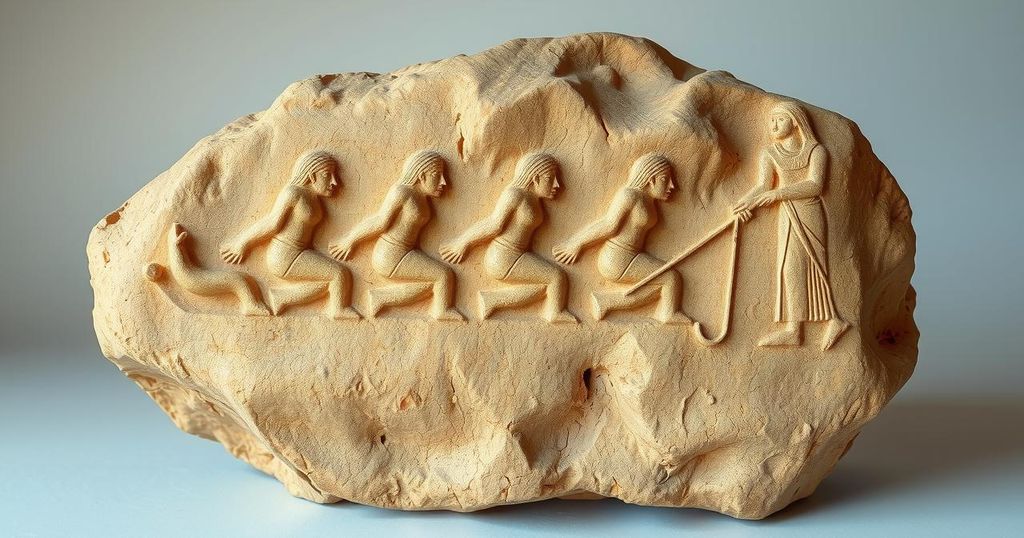Archaeology Breakthrough as Rare Rock Carving Reveals Key Secrets about Ancient Egyptian Kings

- A rare rock carving discovered in Aswan may reshape views of early Egyptian rulers.
- This ancient etching dates back to the fourth millennium BC, predating the pyramids.
- The carving features a seated figure representing a military elite from the First Dynasty.
- The figure is seated on a boat, emphasizing the importance of waterways in Egypt.
- Dr. Dorian Vanhulle emphasizes the carving’s potential to reveal insights into state formation.
Significant Find Near Aswan Changes Historical Perspective
A major archaeological breakthrough has occurred in southern Egypt, near Aswan, where researchers uncovered a rare rock carving that sheds new light on the country’s early rulers. This ancient etching, carved into sandstone, is believed to date back to the fourth millennium BC, making it several centuries older than the famous pyramids. The carving, which is remarkably well-preserved, features a figure seated with distinct characteristics reminiscent of early Egyptian kings, including the iconic long, pointed false beard associated with pharaohs during that era.
Details of Rock Carving Suggest Elite Depictions
Researchers published their findings in the journal Antiquities, suggesting this figure symbolizes a member of Egypt’s political and military elite from the First Dynasty. This was a pivotal time in ancient Egypt’s history, marking the nascent stages of political unification in the region. The depicted figure sits upon a detailed boat, being towed by five people while another individual steers, creating a scene that hints at social hierarchies and the importance of river transportation in ancient Egypt.
Importance of Carving in Understanding Ancient Egypt
Interestingly, archaeologists have ruled out that this figure is Pharaoh Narmer, recognized as Egypt’s first pharaoh around 3100 BC. This leaves the identity of this person from the warrior elite shrouded in mystery. The carving, located in a sandstone outcrop that has been utilized as a quarry since at least 330 BC, offers insights into a crucial historical transition—moving from the diverse regional authorities of pre-unification to a more centralized power. The artwork serves as a significant artifact that enhances our understanding of the Early Dynastic period and the formation of ancient Egyptian culture.
In conclusion, this remarkable discovery near Aswan is set to transform our understanding of early Egyptian society. The rock carving not only depicts a significant figure from the nation’s military elite but also illustrates the broader historical context of a pivotal transition to unification and centralized power. As archaeologists continue to analyze this find, we may gain even deeper insights into the complexities of ancient Egypt’s formative years.






